Tarragon is capable of greatly improving the taste of dishes, but it’s hard to use it properly if you don’t know what tarragon tastes like. In this post, I will discuss how various factors affect its flavor, so when using it in cooking, make sure that the tarragon stems are in perfect condition (quality matters)
What Does Tarragon Taste Like?
The flavor of this aromatic herb is unique and hard to describe. It has a slightly bittersweet, slightly minty taste. In French cuisine it is used for sauces (the famous Bernese sauce), in Italian – particularly in Tuscany – it is used not only for sauces, but also to season fish, eggs, beans, meat, and vegetables
What Is Tarragon?
Tarragon is an aromatic herb that is widely used in cooking. It has long green leaves with a paper-like texture that can be used fresh or dried. The characteristic taste of tarragon is due to the presence of tarragon, a compound that is also found in other herbs such as fennel and anise.
Estragon is native to Europe, Asia, and North America and is a type of perennial herbaceous plant in the Compositae family
What Are Tarragon Benefits?
Tarragon is a herb that is rich in minerals like manganese, iron and potassium, as well as carotenoids. It has been used in Chinese medicine to reduce inflammation and strengthen the liver. The French traditionally have used a tea made with tarragon to treat insomnia and improve sleep overall.
Other medicinal uses for tarragon include:
- Improving digestive health
- Relieving toothache
- Boosting the health of the female reproductive system
- 4Treating excessive bacteria in the small intestine (based on medical studies)
How To Use Tarragon In Cooking?
Tarragon is excellent both fresh and dried , for a more delicate flavor. Choose a glass jar in which to store the collected leaves and inflorescences and store them in a cool and dry place.
Used fresh, tarragon has a particularly rustic and tasty aroma: it is a worthy substitute for salt both on meat and fish (but also on cooked vegetables). It goes perfectly with garlic -based sautées or in addition to fresh cheeses , and is ideal for sauces such as tartar or Bernaise , in stuffed hard-boiled eggs, legume soups, grilled meat or chicken. With excellent digestive properties , tarragon can also flavor herbal teas, fresh drinks and even vinegar.
Fresh Or Dried Tarragon?

Estragon can be used in cooking both fresh and dried. In the first case, it has a richer and more complex flavor. In its dried form it is easier to find and store, but it loses some of its flavor. A good solution is to buy it fresh and then freeze it: chop the leaves, put them in an ice container with water, and then put everything in the freezer to have frozen cubes of this herb that can be used at any time.
Besides its direct use in culinary preparations, it is a suitable ingredient for making aromatic oil, or flavored vinegar, simply mix it in the first case with oil left to soften, or, in other cases, leave it for a few days to macerate in olive oil or in white wine or apple cider vinegar.
Tarragon, curiosities and legends
The name “tarragon” derives from the fact that the bush of this plant has a shape that resembles that of a small dragon as well as that of its roots that form a tangle. In reality another theory has it that it is the popular fame that tarragon had to heal from the bites of poisonous snakes to give it the name that we still use today.
There is also a legend that tells how the tarragon arrived in Tuscany. The protagonist of this popular story is a girl from Siena who fell in love with a dragon (knight) during the period of the Napoleonic occupation. The boy one day banging his boots out the window dropped some seeds in a pot. Thus a plant was born, precisely the tarragon, whose name was attributed by the lover to remember her love for her (who in the meantime had returned to war).
Also Read:
How To Grow Tarragon?
Tarragon seeds can be planted both in spring and autumn but unfortunately they are often not fertile. Precisely for this reason it is often recommended to cultivate the plant by rhizome or by cuttings (in this case, to make it take root, it is better to choose the months of April and May).
Keep in mind that the tufts must be at least 40 centimeters away from each other and this is due to the fact that the tarragon has very branched roots.
This aromatic herb needs to be grown in a sunny, non-windy area. It needs a temperate climate and the thing to pay particular attention to is the frosts. It is advisable in the months at risk to cover the plant with a mulch.
As for the soil, it must be fertile and well drained. Pruning, on the other hand, must be done before winter.
Tarragon Flavor Pairings
Tarragon’s astringent, herbal flavor matches well with lemon, orange, mint, black and white peppercorns, nuts, sherry, garlic, butter, and spring vegetables such as fava beans and artichokes. Chop the leaves into little pieces or large ones and add them to a dish at any point during the cooking process.
How To Store Tarragon?

If you have bought fresh tarragon, remove any damaged leaves, then rinse the bunch under cold water. Dry it thoroughly with a clean kitchen towel or paper towels, then store it in a plastic bag in the refrigerator for up to a week. You can also wrap the bunch in a damp paper towel, place it in a loosely closed container, and store it in the crisper drawer of your fridge.
To freeze tarragon, remove any damaged leaves and rinse the bunch under cold water. Dry it thoroughly with a clean kitchen towel or paper towels, then chop it into pieces (if desired) and place it in a freezer-safe container or bag. Label the container or bag with the date and pop it into the freezer
FAQ:
Does tarragon taste like anise?
No, tarragon does not taste like anise. Anise is an annual herbaceous plant in the umbrella family and has a licorice flavor, while tarragon belongs to the Compositae family and has a bittersweet, slightly minty taste. However, both herbs are used in French cuisine and go well with fish dishes
Does tarragon taste like black licorice?
Tarragon has a pleasant scent of mint and vanilla at first whiff. However, after one bite, its sweet yet fiery qualities become evident. Tarragon has a licorice flavor with a tiny resemblance to fennel and anise, although it is far more intense.
Does tarragon taste like dill?
No, tarragon does not taste like dill. Dill belongs to the celery family and has a subtle anise flavor, while tarragon belongs to the Compositae family and has a bittersweet, slightly minty taste. However, both herbs can be used in marinating recipes.
Does tarragon taste like fennel?
Tarragon has a pleasant scent of mint and vanilla at first whiff. However, after one bite, its sweet yet fiery qualities become evident. Tarragon has a licorice flavor with a tiny resemblance to fennel and anise, although it is far more intense.
Does tarragon taste like basil?
The flavor of basil is similar to that of tarragon, although it is less pungent. It has a milder taste than chervil.

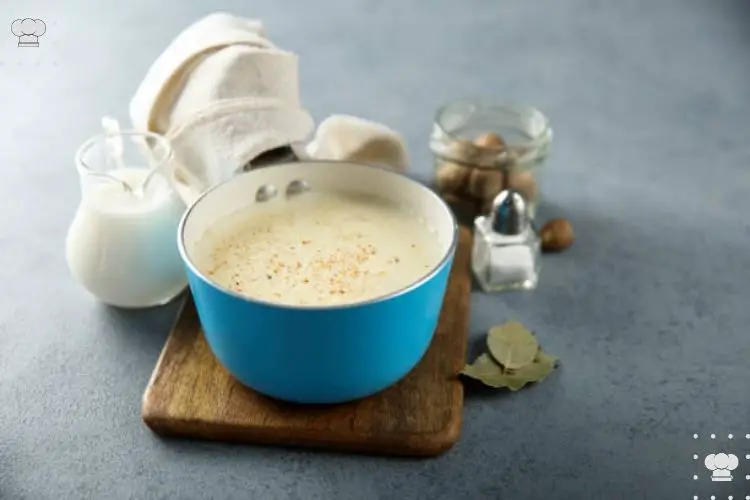
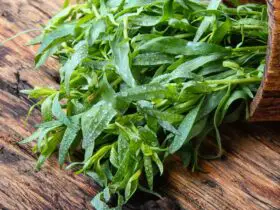


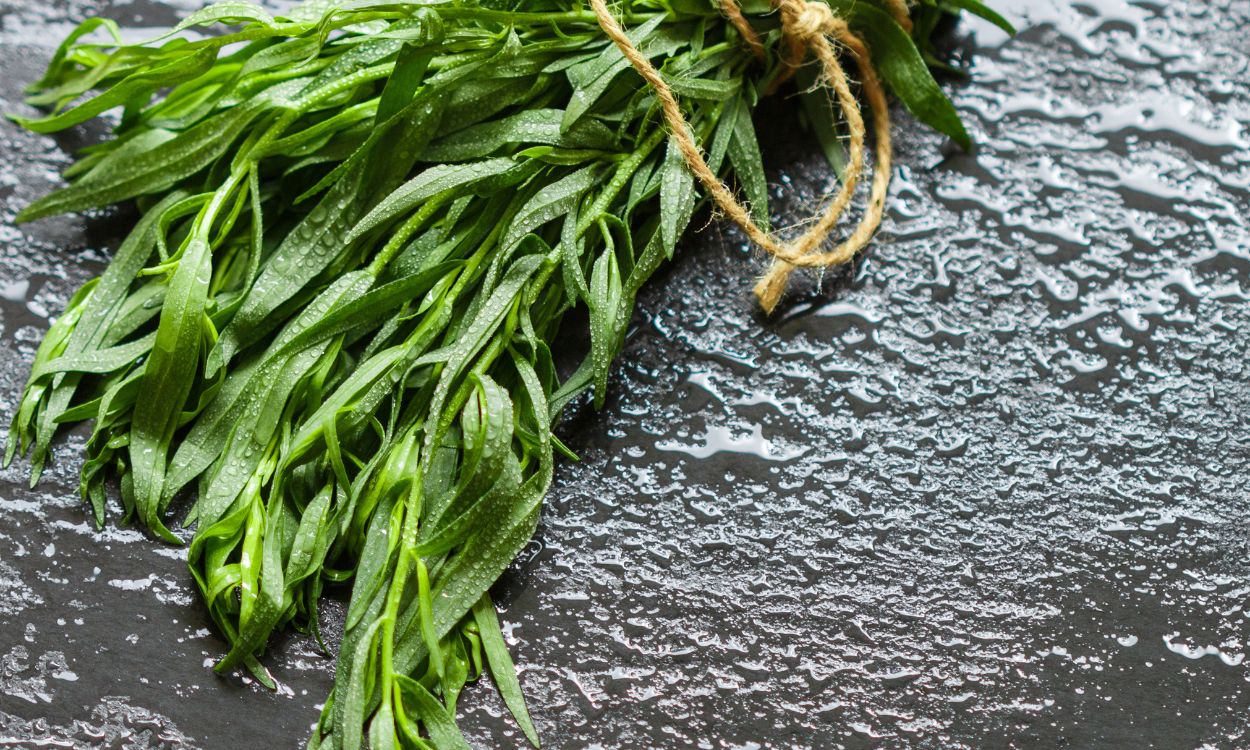


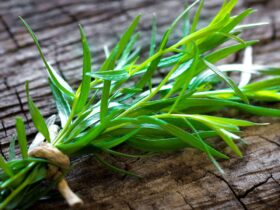


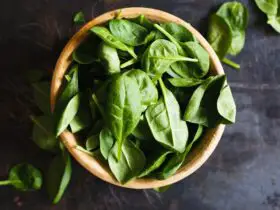
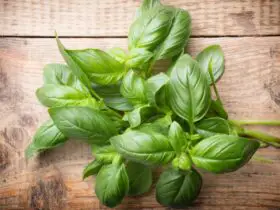
Leave a Reply